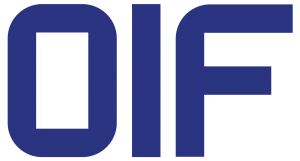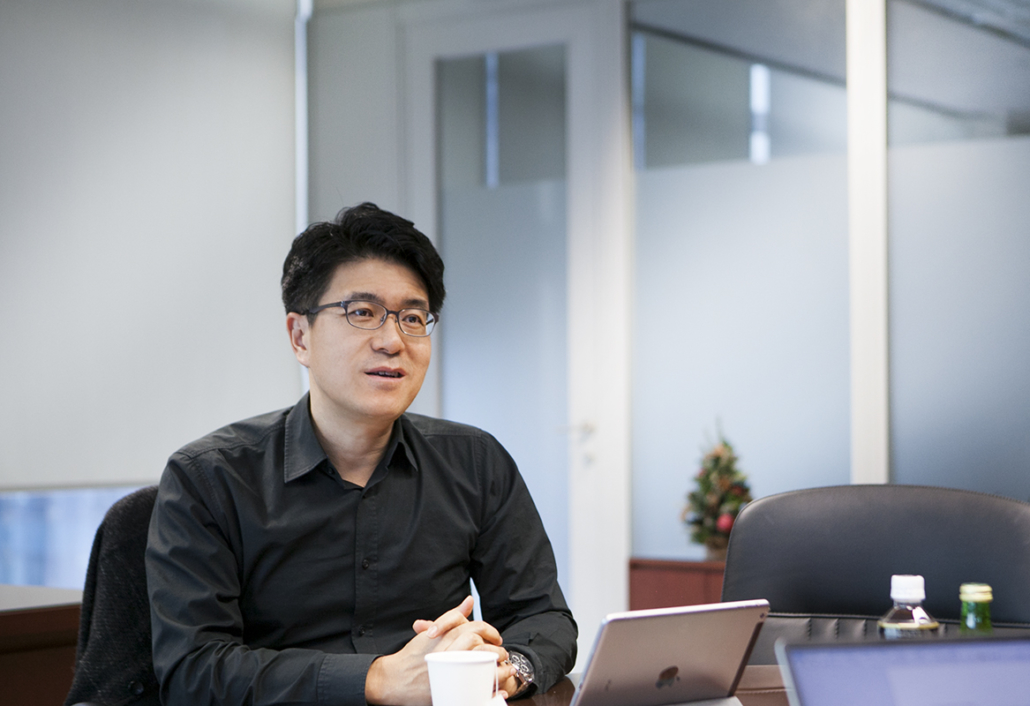OIF Members to Showcase Innovation and Interoperability Solutions for the Industry’s Most Critical Challenges at OFC 2020
Interoperability demos on 400ZR, CEI-112G, FlexE and IC-TROSA; OIF experts to lead panel discussions and OIF to Host “Cu (see you) Beyond 112 Gbps” Workshop
Fremont, Calif.—February 18, 2020 – OIF will host one of the largest interoperability demos in its history reflecting the ongoing significance of OIF’s work in addressing global network challenges. Twenty industry-leading system vendors, component vendors and test equipment vendors will demonstrate critical insight into how key technologies – 400ZR, Common Electrical I/O (CEI)-112G, Flex Ethernet (FlexE) and Integrated Coherent Transmit-Receive Optical Sub Assembly (IC-TROSA) – interoperate within the industry’s ecosystem at OFC 2020 in San Diego, March 10-12, 2020 (booth #6221).
Participating companies include Acacia Communications, Amphenol, Arista Networks, Cadence Design Systems, Inc., Cisco Systems, Inc., Credo Semiconductor (HK) LTD, Fujitsu Optical Components, II-VI, Inphi Corporation, Juniper Networks, Keysight Technologies, Marvell, Microchip, Molex, NeoPhotonics, Samtec, Inc., Spirent Communications, TE Connectivity, VIAVI Solutions and Yamaichi Electronics.
“The participation level by 20 companies in this year’s interoperability demos for 400ZR, CEI-112G, FlexE and IC-TROSA, is a true reflection of our enduring leadership and evidence that these technologies continue to be the preeminent focus areas for our member companies,” explained Steve Sekel of Keysight and OIF’s Physical and Link Layer (PLL) Interoperability Working Group (WG) Chair. “We are eager to showcase the advancements that these technologies and our work have made over the past year.”
400ZR Demo
OIF has defined the 400ZR interface that provides interoperability of coherent optical interfaces for data center interconnect applications. The demo will show ‘first time ever’ operation of 400ZR equipment from multiple system and module vendors and in multiple pluggable form factors.
CEI-112G Demo
The CEI-112G demo will feature interoperating channels, components and silicon that demonstrate the CEI-112G-XSR, CEI-112G-VSR, CEI-112G-MR and CEI-112G-LR draft implementation agreements. Demonstrating interoperability for extra short reach channels is important to support the co-packaging developments that are expected to be discussed throughout the week at OFC. Interoperable very short reach, medium reach and long reach channels and silicon are also critical to support the developing 112 Gbps equipment that is expected to come to market soon. These updated demos surpass what OIF has demonstrated in the past with additional member contributions and continue to build on the developing ecosystem of products coming to market to support CEI-112G.
FlexE Demo
The FlexE demo that will be on display incorporates FlexE silicon operating with multiple test equipment and interoperating over a 400 Gbps fiber network that will be deployed on the show floor between the Ethernet Alliance booth and the OIF booth. This reflects further developments that are taking place in the FlexE market since the previous OIF FlexE demos.
IC-TROSA Demo
The IC-TROSA features all the optical building blocks for a coherent module in a single package. This demo will highlight important aspects of IC-TROSA integration as well as real-time EVM measurements with the updated script for 400ZR.
An additional point of interest will be a static display of coherent optical components which will emphasize the role of OIF in the coherent optical marketplace over the past 10 years.
OIF @ OFC 2020 Activities
OIF experts will participate in two panels at OFC 2020 that feature the latest updates on critical technologies that work to enable a more efficient and reliable network.
“400ZR Specification Update”
Tuesday, 10 March, 13:30 – 14:30, Theater III
Moderator: Karl Gass, OIF PLL WG Vice Chair Optical
Speakers include: Josef Berger, Inphi Corporation; Masahiro Mogi, Fujitsu Optical Components; Gert Sarlet, II-VI; Marc Stiller, NeoPhotonics and Markus Weber, Acacia Communications
Industry experts from OIF will lead a panel discussion of representatives from the DSP, optics, equipment and end user communities on the conflicting demands for a near-term, high-volume, interoperable, moderate reach, coherent 400G optical link. The session will also include an update on OIF’s project to define a 400ZR link specification.
“112 Gbps Electrical Interfaces – An OIF update on CEI-112G”
Wednesday, 11 March, 16:15 – 17:00, Theater II
Moderator: Nathan Tracy, OIF President, TE Connectivity
Speakers include: Ed Frlan, OIF Technical Committee Chair, Semtech, Corp.; Mike Li, OIF Board, Intel; Cathy Liu, OIF Board, Broadcom, Inc.; Gary Nicholl, OIF Board, Cisco; Steve Sekel, OIF PLL Interoperability WG Chair, Keysight Technologies
OIF experts will lead a panel discussion on the ongoing CEI-112G electrical interface development projects, and the new architectures they will enable including chiplet packaging, co-packaged optics and internal cable-based solutions. The panel will provide an update on the multiple interfaces being defined by OIF including CEI-112G MCM, XSR, VSR, MR and LR for 112 Gbps applications of die-to-die, chip-to-module, chip-to-chip and long reach over backplane and cables.
“Cu (see you) Beyond 112 Gbps” Workshop
Thursday, 12 March, 12:00-17:30, Hilton San Diego Gaslamp, 401 K St (across from the SD Convention Center), San Diego, Ca.
OIF will hold a half-day workshop “Cu (see you) Beyond 112 Gbps” featuring experts from Arista, Broadcom, Inc., Cisco, Facebook, Google, Innovium, Intel, MACOM and TE Connectivity discussing the needs and challenges for electrical interfaces beyond 112 Gbps. Registration required:
• Registration fee for OIF Members: $150.00. OIF Members click HERE to register.
• Registration fee for Non-Members/General Public: $200.00. Non-Members click HERE to register.
Check the status of OIF’s current work here.
About OIF
OIF is where the optical networking industry’s interoperability work gets done. Building on 20 years of effecting forward change in the industry, OIF represents the dynamic ecosystem of 100+ industry leading network operators, system vendors, component vendors and test equipment vendors collaborating to develop interoperable electrical, optical and control solutions that directly impact the industry’s ecosystem and facilitate global connectivity in the open network world. Connect with OIF at @OIForum, on LinkedIn and at http://www.oiforum.com.
PR Contact:
Leah Wilkinson
Wilkinson + Associates for OIF
Email: leah@wilkinson.associates
Office: 703-907-0010





